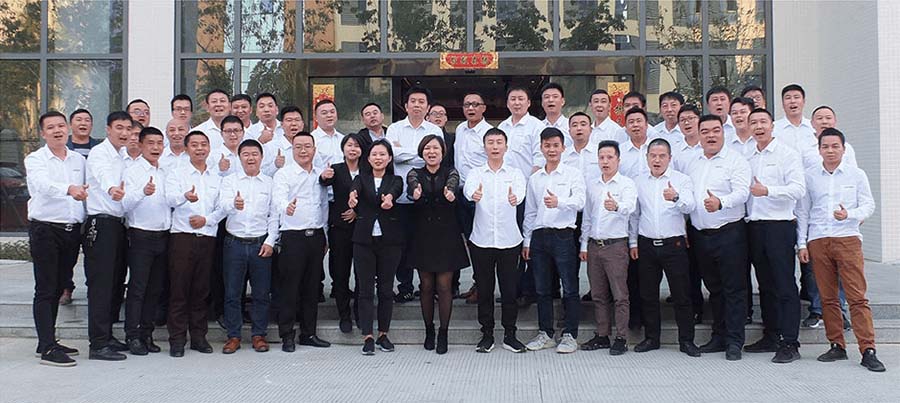The way products are created has been changed by Computer Numerical Control (CNC) machining, a widely used manufacturing technique. Computer-controlled machines are utilized to produce accurate and intricate parts and components using various materials.
CNC machining heavily relies on choosing the correct materials. Various characteristics such as hardness, ductility, and machinability impact the machining process in distinct ways due to the differences between different materials.
CNC machining requires careful consideration of material selection, and various factors must be evaluated. Furthermore, there are specific materials frequently used in this process. It will cover properties, benefits, and applications of theirs.
The CNC machining industry commonly employs stainless steel as a material. Its popularity stems from its durability, excellent resistance to corrosion, and ability to tolerate high temperatures. Components subjected to challenging conditions, high pressures or regular wear and tear are best made of stainless steel due to their excellent thermal and electrical conductivity. Various industries widely use this versatile material. This material's versatility comes from its ease of machining, which makes it appropriate for a wide range of uses.
Stainless steel finds application in various products due to its strength and durability. Included are medical equipment, food processing machinery, automotive parts and construction machinery. By using consistent materials, CNC machining is able to provide additional benefits of precision and speed.
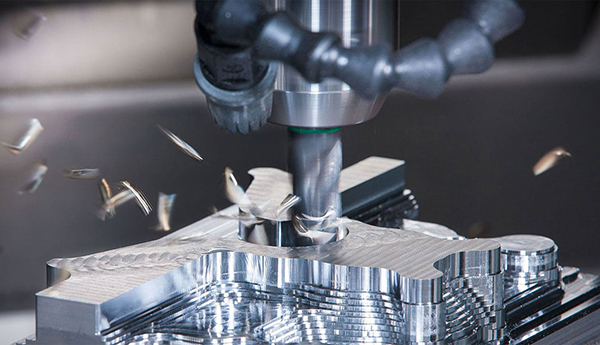
Aluminium's exceptionally lightweight and durability have made it a well-known CNC machining material in the manufacturing industry. Its popularity among modern-day applications like consumer electronics, robotics, medical devices, aerospace and automotive industries is attributed to these features.
Good for machining purposes and boasts high thermal and electrical conductivity along with impressive corrosion resistance. Besides, because of its malleability and pliability, it can be smoothly transformed into numerous configurations and magnitudes.
To guarantee the desired mechanical and physical properties for the intended application, it is important to give careful consideration when selecting aluminium alloys. The CNC machining process enables precise shaping, sizing and tolerance control.
Aluminium is among the most versatile and widely used materials in manufacturing, which explains its widespread use in CNC machining materials.
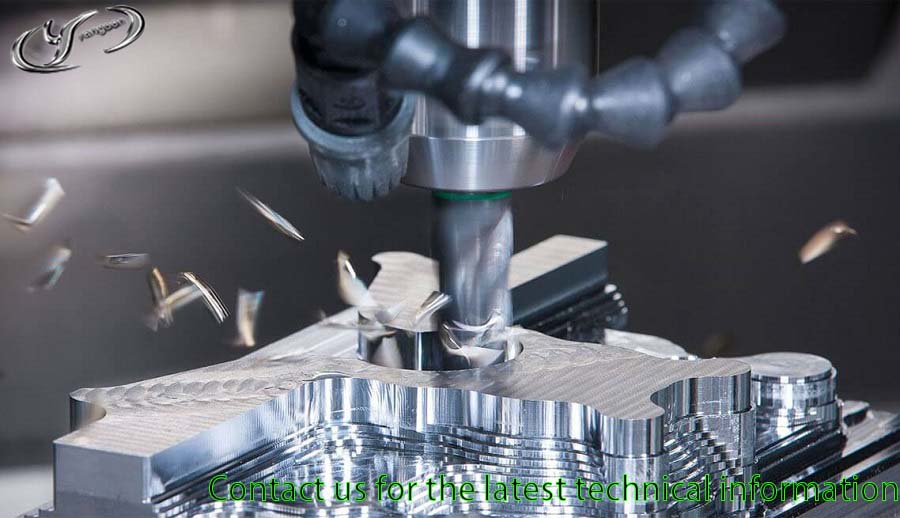
CNC machining commonly utilises titanium due to its superior corrosion resistance, lightweight, and high strength. With distinct properties like those it possesses, this material finds great utility in the aerospace, medical, and automotive industries.
Even though CNC machining materials could be costly, titanium stands out due to its exceptional capability to take various forms and create intricate parts that adhere to strict tolerances. In CNC machining, the use of titanium can provide versatility in material properties due to its incredible durability, strength, and toughness. In addition, the material sustains its strength even under high-temperature environments and is biocompatible, too, making it an ideal preference for medical implants.
Many aerospace applications choose it as a result of its high strength-to-weight ratio. Durability isn't sacrificed when reducing weight.
CNC machining often involves using copper as a material due to its excellent electrical conductivity, malleability, and thermal conductivity. Its great ductility enables it to be shaped into intricate designs and complex shapes effortlessly.
Copper's ability to withstand high temperatures and its exceptional resistance to corrosion make it a popular choice for industrial applications. The material is perfect for manufacturing top-notch parts like electric connectors, heat sinks, and sensor housings. Copper’s higher chemical resistance means it is preferred over other options. For machining components exposed to corrosive surroundings, it is an option instead of materials such as aluminium.
CNC machining often employs brass as a material due to its excellent machinability and versatile properties. The mixture of electrical, thermal, and mechanical characteristics in this copper and zinc alloy is unparalleled. Many different applications can benefit from these characteristics.
Marine environments, electrical and plumbing components, along with decorative projects, often utilise brass due to its ability to resist corrosion. Besides, brass possesses high malleability and can be conveniently fashioned into complicated shapes; this renders it one of the top choices for CNC machining.
The efficient processing of brass through CNC machining requires specialised knowledge and careful handling. It can produce high-quality precision parts in large volumes with the appropriate tools. Perhaps the most significant advantage of using brass in CNC machining is its affordability and ease of sourcing compared to other materials, including stainless steel and titanium.

Alloy steel and carbon steel are commonly used CNC machining materials in various industries. Due to their superior strength and machinability, carbon steel and related alloys are perfect for use in a variety of applications. They can also be used with different heat treatment techniques, which improves their mechanical qualities even more. Carbon steel is also reasonably priced when compared to other CNC metals.
Contrary to substances like stainless steel or aluminium, carbon steel and its alloys are not inherently resistant to corrosion. Furthermore, their unattractive appearance might not be appropriate for aesthetic applications.
However, carbon steel and its alloys have a wide range of useful uses, such as mechanical fasteners and structural components like beams. These materials are still preferred due to their strength, affordability, and machinability in many industrial and manufacturing applications, despite their drawbacks.
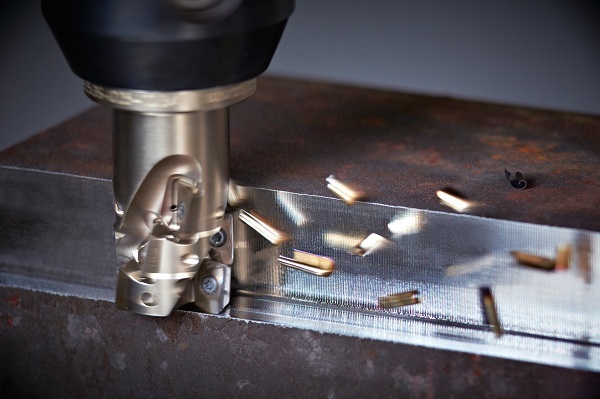
Magnesium finds wide applications as a material in CNC machining. With its great machinability, along with being lightweight yet incredibly strong in terms of weight-bearing capacity, this material is widely used in creating parts that require both robustness and low weight.
Magnesium's density of 1.7 g/cm³ makes it four times lighter than steel. The aerospace business finds it to be a superb preference. Outdoor applications are ideal for magnesium due to its excellent corrosion resistance.
CNC machinists must take extra precautions when working with magnesium due to its flammability. The good heat dissipation abilities of magnesium make it an exceptional selection for parts that require reliable thermal conductivity.
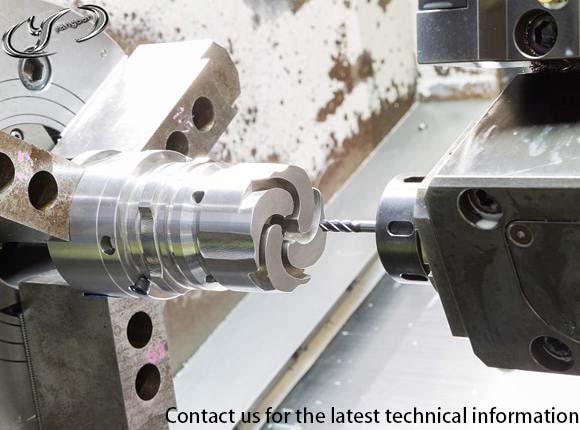
Many people in the CNC machining industry prefer ABS (Acrylonitrile Butadiene Styrene) due to its remarkable strength and ability to withstand impacts while retaining durability. Manipulating a thermoplastic polymer such as this can be achieved without difficulty through several methods, including but not limited to milling or drilling by the usage of specialised equipment like a CNC machine.
Complex shapes are easily achievable by moulding ABS materials, which also provide outstanding dimensional stability. Additionally, lightweight with a low toxicity level – these qualities make it feasible to use in the construction of multiple detailed objects, including but not limited to household goods such as toys or electronics.
Due to its great strength, longevity, and abrasion resistance, nylon is another material that is frequently used for CNC machining. Due to its resilience to extreme heat and chemical exposure, it is a valuable material for many applications.
Nylon is appropriate for usage in the automotive, aerospace, and medical industries. This is because it can be easily machined to create sophisticated pieces with fine features.
Nylon can be utilised as a replacement for some sections that would be vulnerable to wear and tear in hostile environments and is also a more affordable option than metals.
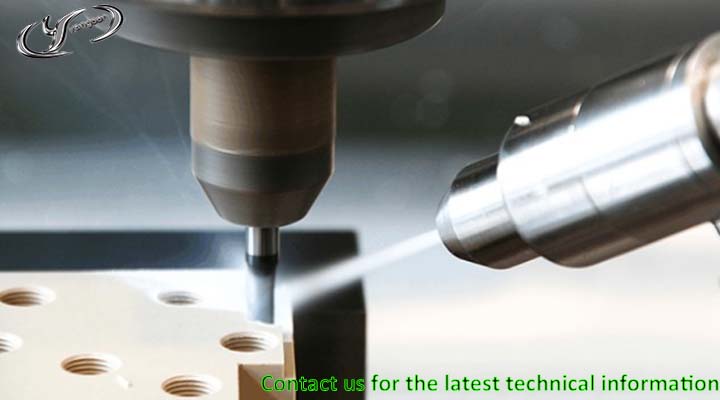
PMMA Acrylic, commonly known as acrylic glass, is a widely used CNC machining material due to its versatility, durability, and optical clarity. With a high resistance to impact, PMMA Acrylic is excellent for applications requiring a higher level of strength than traditional glass and is less prone to breakage or shattering.
Acrylic has a low melting point, making it easy to machine and form, making it a preferred choice for the manufacturing of various products, including signs, displays, lenses, and lighting fixtures. Additionally, PMMA Acrylic can be easily coloured, printed on, or laminated, making it a popular choice for decorative and artistic applications.
The material can also be machined into complex shapes or structures with high precision using CNC milling machines with minimal wastage. With its high thermal stability and ease of machining, PMMA Acrylic is an excellent choice for a broad range of applications.
Thermoplastic PEEK acrylic is a material that is frequently used in CNC machining. This is as a result of its unique qualities. The acronym PEEK stands for polyether ether ketone.
The strong thermal resistance, exceptional chemical resistance, and great mechanical qualities of this material are well known. It is the perfect material for applications that require constant exposure to high temperatures, corrosive chemicals, or significant mechanical stress due to these characteristics.
PEEK is a good material option for precision products that need to adhere to strict tolerances due to its dimensional stability, low coefficient of thermal expansion, and great creep resistance. Additionally, biocompatible PEEK acrylic is frequently employed in pharmaceutical and medical applications.
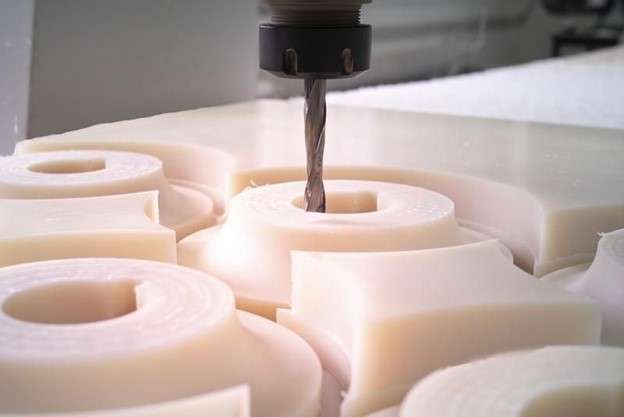
To achieve satisfactory results in CNC machining, one must consider environmental factors and select appropriate materials accordingly. The efficacy of a finished product as well as suitable materials for its production, depend on where machining is done.
How well machining tools and equipment perform can be impacted by the environment's temperature, humidity, and ambient air quality. Cutting fluids and lubricants utilised should be compatible with the material. Withstanding the stress and heat generated during machining is essential.
Moreover, an unwavering and stable environment is essential to ensure that no modifications occur which may impact the quality of the end product. Therefore, by considering the machining environment beforehand, one can make a well-informed decision on choosing the appropriate CNC machining material for their application.
Part weight is another essential factor that must be considered before selecting CNC machining material. The weight of the part significantly affects the strength of the material needed for its fabrication. The higher the weight, the greater the force and stress that the material must withstand.
Choosing a material that is too lightweight reduces its durability, while a material that is excessively heavy increases wear and tear on the machine. It is also crucial to consider the machining process's weight limits to ensure that the machine can handle the weight of parts during milling, cutting, or drilling.
Therefore, understanding part weight helps machine operators select appropriate materials and optimise the CNC machining process. By considering part weight, the machine operator ensures that they produce sturdy and durable parts that can withstand significant wear and stress.
Considering heat resistance is important as it allows materials to endure high temperatures without being damaged. This guarantees that the machine elements can continue to operate efficiently without failing. A material with remarkable heat resistance, such as stainless steel, provides an ideal illustration. It can endure extreme temperatures and harsh environments without deteriorating.
Additionally, having heat resistance is imperative when making components that require tolerance maintenance during high-temperature operations or welding. These applications can incorporate heat-resistant alloys like titanium alloys and nickel alloys.
When deciding on materials for CNC machining, it is essential to consider their electrical conductivity and magnetic needs. Electrical conductivity is indispensable in various electronic applications because it determines how well materials can conduct electric currents. To illustrate, within the aerospace field, specific components demand materials possessing high electrical conductivity to ensure efficient communication and power transmission.
Likewise, magnetic prerequisites relate to the features of a substance that enable it to function in magnetic fields. Consequently, the necessity of this technology is evident in industries like robotics and medical devices. The product's performance and sustainability can be significantly affected by the CNC machining material choice, depending on the application.
Therefore, it is essential to evaluate each material's electrical and magnetic properties and determine how they align with the intended use, design approach, and functionality.
Hardness is a crucial factor to consider when choosing the right CNC machining material, as it directly affects the material's ability to withstand wear, deformation, and abrasion.
The hardness of a material influences the efficiency and quality of a CNC machining process. In CNC machining, the cutting tool applies pressure to the material, causing physical alteration. The level of hardness plays a vital role in the effectiveness of the cutting tool and its ability to reduce machining time.
Choosing a material that is too soft can result in the tool cutting faster than the material, leading to inferior-quality products, damaged machines and tools, and increased tooling and manufacturing costs. Too much hardness in the material can result in early tool wear, which reduces productivity and raises tool costs while increasing machining times.
CNC machining has brought about a revolution in the manufacturing business, and choosing the right substance is critical for obtaining ideal outcomes. As noted in this guide, there are numerous materials available for selection, each exhibiting its own distinct qualities and features.
This article has provided some illumination on the typical materials utilised in CNC machining. Consider factors such as; machining environment, part weight, heat resistance, electrical conductivity, Magnetic Requirements and hardness before settling on one choice. To ensure maximum efficiency and durability, it's important to seek CNC expert advice whenever you're unsure about something and choose only high-quality materials.
